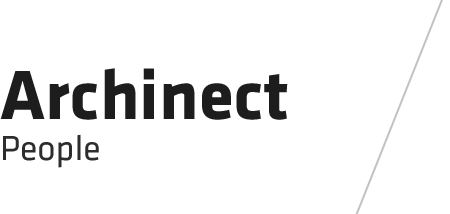
Ennis Davis, a planner in Jacksonville made a statement about the demise of Jacksonville’s urban core, saying, “Currently, almost 200 acres of land in downtown is devoted to parking, including 168 small surface lots of under 100 spaces that negatively impact its aesthetics and urban form. Furthermore, according to the Downtown Jacksonville Master Plan produced in 1999, there were 41,576 spaces in downtown. Since then, several new garages have been added in the area. However, as the number of parking spaces have increased, the downtown employment base continues to decline and has fallen to 18,000 in the Northbank core. “ In response to Jacksonville’s need for filling in the gaps, I have chosen to pursue economical and sustainable methods for growth in downtown Jacksonville. The LaVilla District, which is where the project site is located, offers the most opportune spaces for fulfilling Jacksonville’s need for infill, connection, and green space. Through temporary urbanism techniques such as pocket park design, vacant building reuse, and temporary structure infill, the LaVilla district will become a destination for the city, but most importantly become a welcoming home for the urbanites that live and work in and around Jacksonville’s urban core. Focusing on the communities’ basic needs, such as a grocery store, pharmacies, simple commercial amenities, and green spaces, the LaVilla district can make those changes in a few easy steps. By planning out guidelines for infill, reuse of buildings, and pocket parks, the possibilities of changing the area become more realistic as the guidelines prove the simplicity of the projects. Urban farming techniques can be used to fill many of the vacant lots and actually produce revenue as well as a sustainable and healthy product. Instead of leaving fallow fields, filling them with productive crops would be more beneficial to the surrounding businesses, like grocery stores, restaurants, the missions, and most importantly the community. Aesthetically the area will improve. The outlook and perception of the area would also take a turn for the better. Jobs would be provided through the growth of farms. And a wealth of educational opportunities arises with the multiple types of participatory farms, ranging from composting, aquaculture, vermiculture, phytoremediation, medicinal and herb gardens, and a “pickin’ patch” for children. Overall, the program elements of the project have the utmost importance of keeping the immediate urban community in mind. By improving the health, safety, and welfare of the LaVilla area, the view of the entire urban core could improve.
Status: School Project